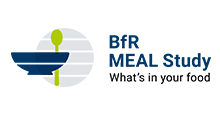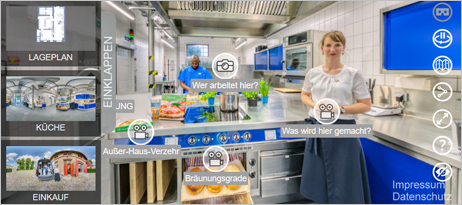In what quantities do we ingest desirable and undesirable substances on average through our food? Are certain foods more contaminated than others? And what health effects does the preparation method have on the food? The BfR MEAL Study helps to answer these and other questions.
Das Bundesinstitut für Risikobewertung
The German Federal Institute for Risk Assessment (BfR) and the World Health Organization (WHO) hosted the "6th International Workshop on Total Diet Studies (TDS)" on 10 and 11 October 2022.
more
Iodine is an essential trace element that must be consumed with the diet. Both, an insufficient and an excessive iodine intake, can be associated with health risks.
more
The field study phase of the first German Total Diet Study has been completed. Over the past four years, the BfR MEAL Study team has bought around 60,000 food items, processed them into meals and analysed them for almost 300 substances. At the time of sampling, pooled samples of foods were stored in a long-term storage facility. They are stored at minus 20 degrees Celsius in glass or polypropylene containers. The German Federal Institute for Risk Assessment (BfR) provides these long-term samples for external cooperation. Various cooperations are possible: e.g. further analysis of substances not taken into account in the BfR MEAL Study or a comparison of the samples with data from other analyses.
In order to assess the possibility of a cooperation, interested parties are asked to send an outline of the project idea of max. two pages as well as information on the required sample amount by email to meal@bfr.bund.de.
more
The latest project of the BfR MEAL study asks, how much of sweeteners like aspartame, cyclamate and saccharine are contained in soft drinks such as lemonades, fruit soft drinks and energy drinks.
more
At the International Green Week, which took place digitally on 20 and 21 January 2021, the BfR was offering insights into the processes taking place within the BfR MEAL Study. Those who are interested could follow a video tour through the study kitchen and join the different steps starting with the purchasing of foods and ending with the preparation of a meal.
more








